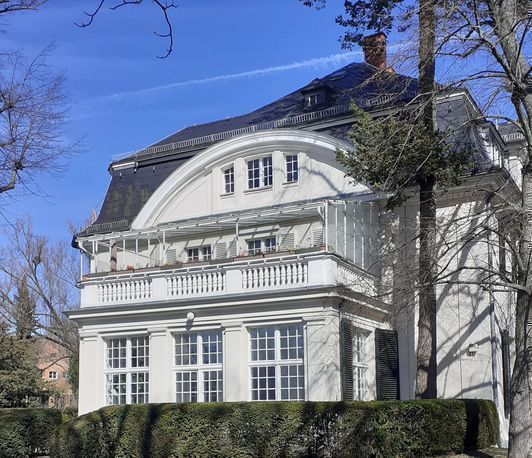Chirality differentiation and manipulation using rotational spectroscopy
- MP Department Seminar
- Date: Jan 19, 2024
- Time: 09:30 AM c.t. - 10:30 AM (Local Time Germany)
- Speaker: Melanie Schnell
- a) Deutsches Elektronen-Synchrotron DESY, Hamburg, Germany b) Institut für Physikalische Chemie, Christian-Albrechts-Universität zu Kiel, Kiel, Germany
- Location: Haber Villa
- Room: Seminar Room
- Host: Department of Molecular Physics
- Contact: green@fhi.mpg.de

Chirality is ubiquitous in nature and involved in many aspects of life, making it an important phenomenon to understand. The enantiomers of chiral molecules have identical physical properties (despite the predicted small contributions due to parity-violating weak interactions), while their chemical and biochemical properties can differ dramatically. Due to these different behaviors, the development of sensitive spectroscopic methods that can differentiate and/or separate molecules of opposite handedness, particularly in complex sample mixtures, are of utmost importance.
In recent years, there was tremendous development in chiral molecule research. Powerful methods to analyse and control chirality in the gas phase have been developed, up to the attosecond range. In my group, we focus on characterizing, controlling, and manipulating chirality using microwave radiation. Using a coherent, non-linear, and resonant microwave three-wave mixing approach, we can differentiate enantiomeric pairs of chiral molecules using tailored microwave pulses. The technique is uniquely mixture-compatible and allows for enantiomer separation, which can be the ideal starting samples for advanced experiments such as precision spectroscopy and chirality-selective collision studies. In this contribution, the techniques of broadband chirped-pulse Fourier transform microwave spectroscopy and microwave three-wave mixing will be introduced and its applications to dynamically flexible chiral molecules as well as weakly bound clusters will be discussed. If time allows, microwave and infrared spectroscopy (using the FEL FELIX) of astrochemically relevant molecules will also be presented, highlighting the high complementarity of the two techniques.